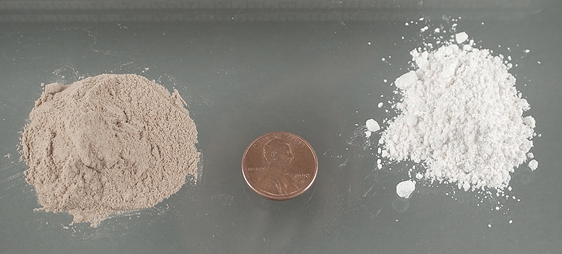
Animal models of addiction
Several animal models are used to study drug dependence in which self-administration has obvious advantages. The first benefit of self-administration is that it provides the most direct point-to-point correspondence with addictive behaviors that are found in people.
A typical self-administration procedure in animals includes acquisition, extinction / abstinence and reinforcement. During the acquisition stage, animals undergo operant conditioning and learn to perform one action, typically a lever press, in order to receive a drug. Once a specific criterion is obtained, animals are regarded as addicted to a drug.

Intravenous administration via catheterization is an optimal method for self-administration in that it maximizes drug bioavailability and has rapid onset. Humans suffering from addiction often resort to intravenous drug use for similar reasons. This parallel provides further benefits of this route of administration in animal studies in that it increases the validity of the self-administration methodology.
After acquisition, animals are returned to their home cage and resume normal living conditions. This process is similar to people undergoing abstinence in that they can’t acquire drugs while carrying out their everyday lives. In animal models, after 14 days of abstinence, reinforcement is induced by either administration of the drug or returning the animal to an environment associated with the drug. Both of these events are analogous to events that can trigger relapse in human drug abusers.
Relapse and metabolomics
In our study published in BMC Neuroscience, we set up an intravenous, heroin self-administration rat model and collected a serum sample during the reinforcement stage. As we want to get a complete picture that could reflect the status of this stage, we tried nuclear magnetic resonance based metabolomics analysis. Specifically, metabolomics is the “systematic study of the unique chemical fingerprints that specific cellular processes leave behind”.
Specifically, metabolomics is the “systematic study of the unique chemical fingerprints that specific cellular processes leave behind”.
The results revealed that energy metabolism was greatly disturbed. An increase in glucose and decrease in intermediates of glycolysis and the TCA cycle indicate impairment in essential pathways for energy production. The finding that there was an increase in levels of 3-hydroxybutyrate and acetoacetate suggest that energy production was activated from fatty acids. These types of changes in fatty acids have been correlated with relapse and potential neurological dysfunctions associated with Alzheimer’s disease.
More importantly phenylalanine, glutamine, and choline increased greatly. These molecules are precursors of the neurotransmitters γ-aminobutyric acid/glutamate, acetylcholine, and dopamine respectively. These neurotransmitters play an important role in learning and reward.
We know that when animals are re-exposed to a drug or a drug-associated environment the “happy memory” of the drug experience is awakened, and the compulsive drug seeking behavior reappears.
We know that when animals are re-exposed to a drug or a drug-associated environment the “happy memory” of the drug experience is awakened, and the compulsive drug seeking behavior reappears. During this process, the increase of these three precursors of neurotransmitters in the circulatory system could partly explain why the motivation of drug seeking is so strong.
Our ultimate goal is to develop new therapies for drug addiction. The most challenging component is reducing the incidence of relapse. Although we don’t know whether the same changes would happen in humans with opiate addiction, the results found in our study remind us that more attention should be paid to the restoration of energy metabolism in addition to the neurotransmitters which have already received great concerns.
Comments